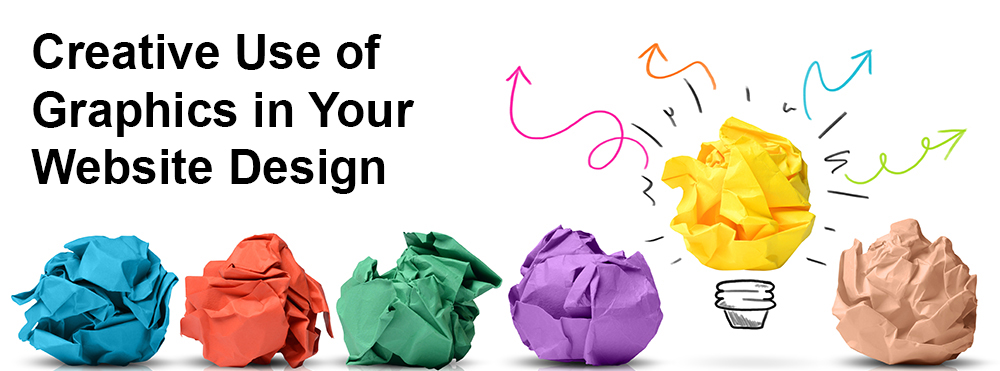Getting the perfect balance between simplicity, usability and interactivity is crucial to a great website design. Creative use of graphics in your website design will lend your website much aesthetic appeal and can greatly enhance the time that visitors spend on your website. While graphics are a big bonus for your website design, it is imperative that you avoid overloading your website with loads of different graphics and flashing images. As a rule of thumb, less is more when it comes to graphics in your website design. Creatively placed graphics should complement your website design, not overshadow it.
Images can definitely add appeal to your website, even just simple images in your header and footer, or an image in the body of the text on your pages. Beyond these obvious locations to place graphics, you also might consider swap images and rollovers to spruce up your website design.
Swap images are those that change when the visitor’s cursor passes over an object on your website, like a button. For example, if the current graphic is “dogs” and the cursor passes over the button that says “cats”, the graphic changes from dogs to cats. Similar to swap images, rollover images change primary images to secondary images when the visitor’s cursor passes over the link to the image, but reverts back to the primary image if the cursor moves off the link. Rollover images are created with simple Java script and can add a little punch to your website design if they are not overdone.
When adding graphics to your website design, be certain to allow enough white space for your website to look neat and tailored. White space is the space between the different design elements on your website, and allowing enough white space is crucial to the visual impact of your website design.
By allowing sufficient white space, your visitor’s eyes will be able to comfortably roam on your website and reading your content will be much easier. Keeping your graphics simplistic in form and by using only relative graphics that load easily while allowing enough white space around each graphic and design element, you make a huge leap towards having a better-looking and more appealing website.

